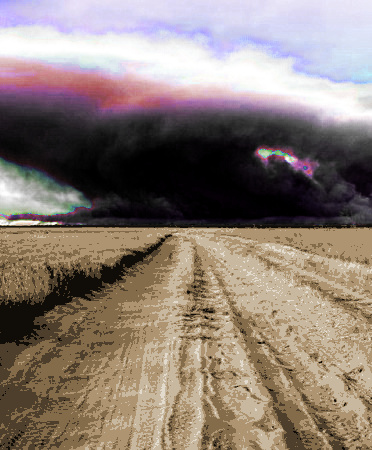Pests resist big shifts
 Non-native species may be more resilient to extreme weather events.
Non-native species may be more resilient to extreme weather events.
Extreme weather events may favour non-native species over their native counterparts, according to a comprehensive meta-analysis of 443 studies conducted worldwide.
Invasive species tend to exhibit rapid growth and extended spawning seasons, enabling them to thrive in resource-limited and diverse environmental conditions.
These attributes make them adept at colonising new regions and likely to survive and maintain their populations during extreme weather events.
New Zealand and southwest Australia are regions where extreme weather events and invasive species coexist, potentially intensifying the proliferation and spread of pests in the face of ongoing global changes.
The study, published in Nature Ecology & Evolution, revealed that native animal populations generally exhibited more negative responses to extreme weather events compared to non-native animals.
The impact varied depending on the specific weather event and habitat type. Both non-native and native marine animals appeared relatively insensitive to extreme weather events, but native molluscs, corals, and anemones suffered during heatwaves.
Non-native terrestrial and freshwater animals only showed susceptibility to heatwaves and storms, respectively, while native animals in terrestrial ecosystems responded negatively to heatwaves, cold spells, and droughts.
In freshwater habitats, they were vulnerable to most events except cold spells.
The research also identified regions like Northern America, Latin America, East and Southeast Asia, southwest Australia, New Zealand, and the North Atlantic Ocean where the joint effects of extreme weather events and non-native species may pose particular risks to native species.








 Print
Print